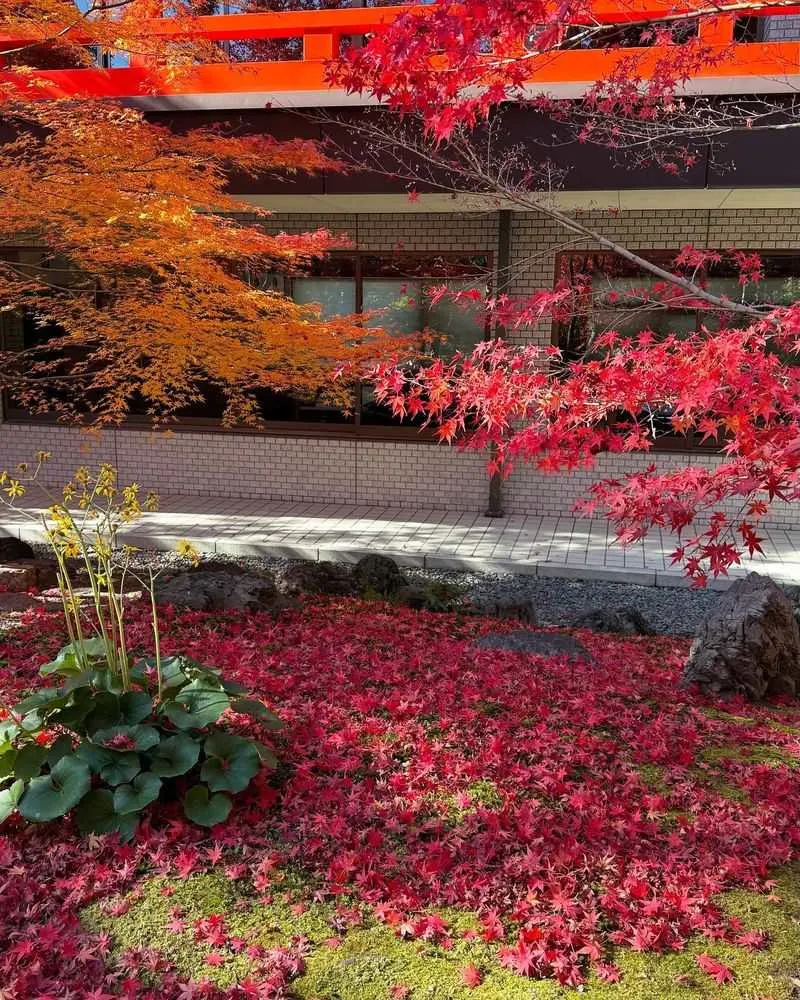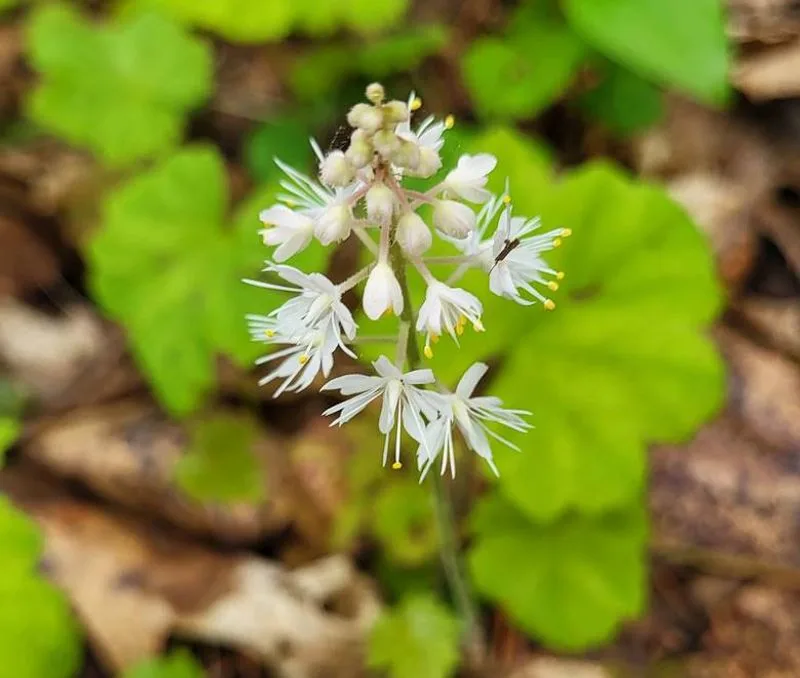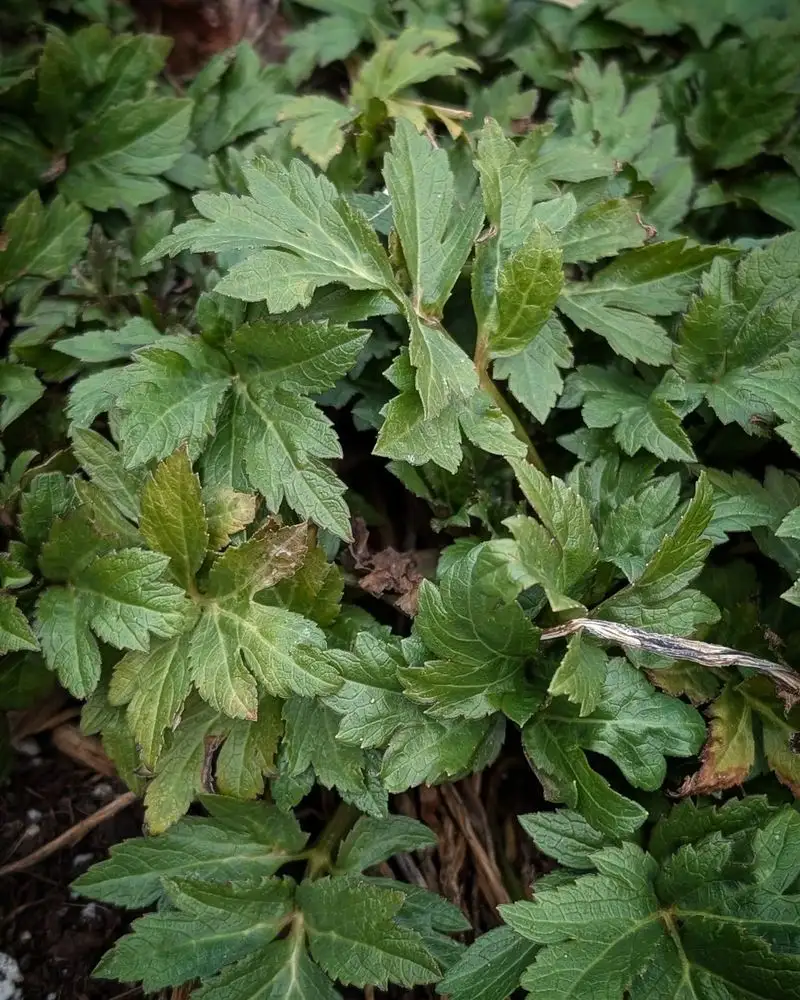Sometimes, the smallest details tell the biggest stories. I never expected that watching a single leaf would transform how I care for my entire garden. That one leaf became a window into the health, needs, and rhythms of every plant around it.
By observing its color, texture, and movement, I started to understand watering patterns, nutrient levels, and pest problems before they became serious. This simple act deepened my connection with the garden and made me a more attentive, confident gardener.
In this article, I share the lessons one leaf taught me—and how you can learn to “read” your garden with the same patient eye. Sometimes, the key to thriving plants is right in front of you.
The Whisper of Color Changes

When leaves change color, they are more than just a visual delight. A sudden shift in hue can signal the plant’s health status or nutrient needs. Observing this transformation, I realized leaves communicate through their pigments. nnChlorophyll, the substance that gives leaves their green color, decreases in the fall, revealing hidden pigments like carotenoids. This process is not just seasonal but can indicate nutrient deficiency. nnBy understanding these color cues, I learned to adjust my garden’s feeding routine. A splash of yellow, for instance, often meant nitrogen was lacking, prompting timely interventions.
The Texture Tells a Tale

The surface of a leaf is like a map of its life experiences. A smooth texture might indicate healthy growth, while bumps or roughness can suggest pest issues. nnTouching the leaf, I noticed its texture varied with the seasons. In summer, a waxy feel helped reduce water loss, while in rainy seasons, a softer surface absorbed moisture more effectively. nnThrough texture, I learned about the plant’s adaptive strategies. An unexpected roughness alerted me to check for pests, prompting preventive measures. Each touch was a lesson in the plant’s ongoing dialogue with its environment.
The Language of Leaf Position

The position of a leaf can reveal much about a plant’s wellbeing. Drooping leaves were my first hint of overwatering, a common ailment for eager gardeners. nnI watched how leaves reached for the sun, adjusting angles throughout the day, a dance driven by the plant’s light needs. During droughts, curled edges conserved moisture, a silent plea for intervention. nnBy observing leaf posture, I adapted my watering schedule and positioning of plants. It was like learning a new language, where every tilt and turn told me about the garden’s thirst and comfort.
The Silent Signals of Leaf Size

Size matters in the world of leaves. A sudden increase or decrease can reveal environmental changes or stress factors. nnI observed that larger leaves in my garden often meant ample nutrients and water, while smaller ones signaled a struggle. Severe reductions in size hinted at underlying issues like root constraints or pest invasions. nnThese insights allowed me to adjust my gardening practices. When I noticed smaller leaves, I would check soil conditions and nutrient levels, making necessary adjustments. Such vigilance helped maintain the balance in my garden’s ecosystem.
The Story in Leaf Edges

Edges of leaves often narrate untold stories. Smooth edges might indicate a gentle environment, while serrated ones can suggest a need for defense. nnAs I examined different plants, I found that leaf edges adapted to their surroundings. In harsh climates, serrated edges were common, while in sheltered areas, smooth edges prevailed. nnThis observation taught me about plant survival tactics. When I saw changes in edge patterns, I knew to inspect for environmental stressors like wind or pests. Each edge told a story of resilience and adaptation.

